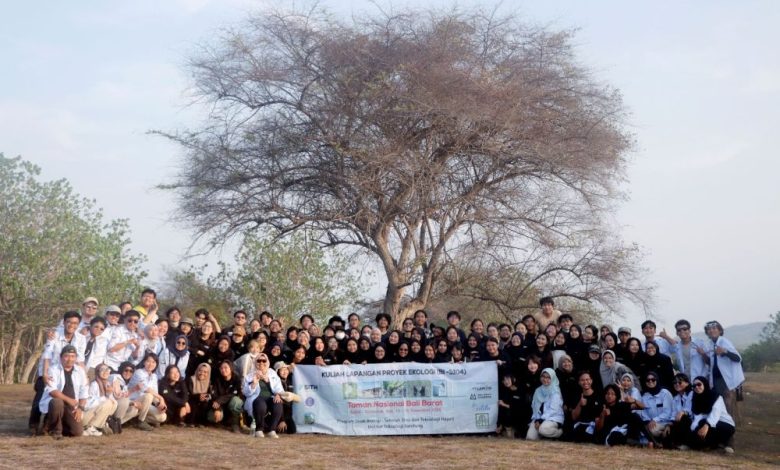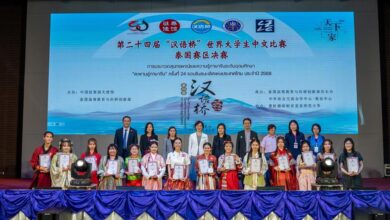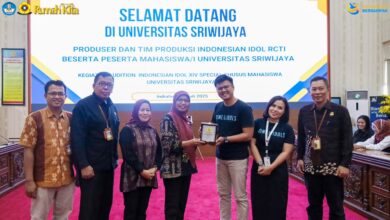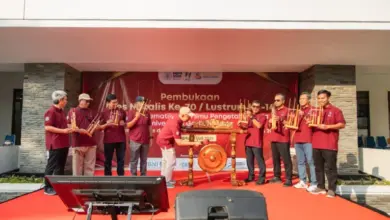Field Study for Biology Students: Investigating Terrestrial and Marine Ecosystems at Bali Barat National Park

A group of 74 Biology students from the Institut Teknologi Bandung (ITB) participated in a field study at Bali Barat National Park from November 10 to November 16, 2024. This initiative was part of the Ecology Project Course (BI3104) and was designed to complement the students’ academic work in Ecology.
Field Study Overview
Bali Barat National Park, notable for its lowland ecosystems, was chosen as the location for this year’s field study. The park offers a valuable opportunity to examine various conservation issues, particularly those related to the critically endangered Bali myna, which served as a focal point for the participating students.
Ecological Data Collection
Throughout the study, students utilized a range of ecological data collection methods to analyze both biotic and abiotic components of different forest ecosystems, such as mangroves, seasonal forests, and evergreen forests. Biotic data included the variety of insect, bird, mammal, and plant species present in the area. Meanwhile, abiotic measurements assessed factors including air temperature, humidity, light intensity, soil temperature, pH, moisture, porosity, bulk density, and water content.
Marine Ecosystem Exploration
In addition to terrestrial studies, the students examined marine ecosystems, including coral reefs and seagrass habitats. Those who held swimming and diving qualifications were able to participate in observational activities while under the supervision of experienced faculty members.
Conservation Efforts
A key component of the field study involved exposure to active conservation efforts, particularly the Bali myna breeding program within the national park. Students had the opportunity to observe the breeding behaviors and enclosures of these birds, gaining an understanding of the preparations required for their eventual release into the wild.
Training and Skills Development
Dian Rosleine, Ph.D., who coordinated the course, highlighted that students underwent physical training a month ahead of the field study. Daily observational activities commenced at 5 a.m. to match periods of high animal activity and favorable field conditions. Throughout the program, students developed skills in teamwork and community engagement while gaining practical experience in biodiversity observation, specimen preservation, and complex data analysis.
Goals of the Field Study
The primary goal of the field study was to provide participants with firsthand exposure to ecological phenomena while contributing valuable data to the conservation efforts of the national park.
Original source: Institut Teknologi Bandung




